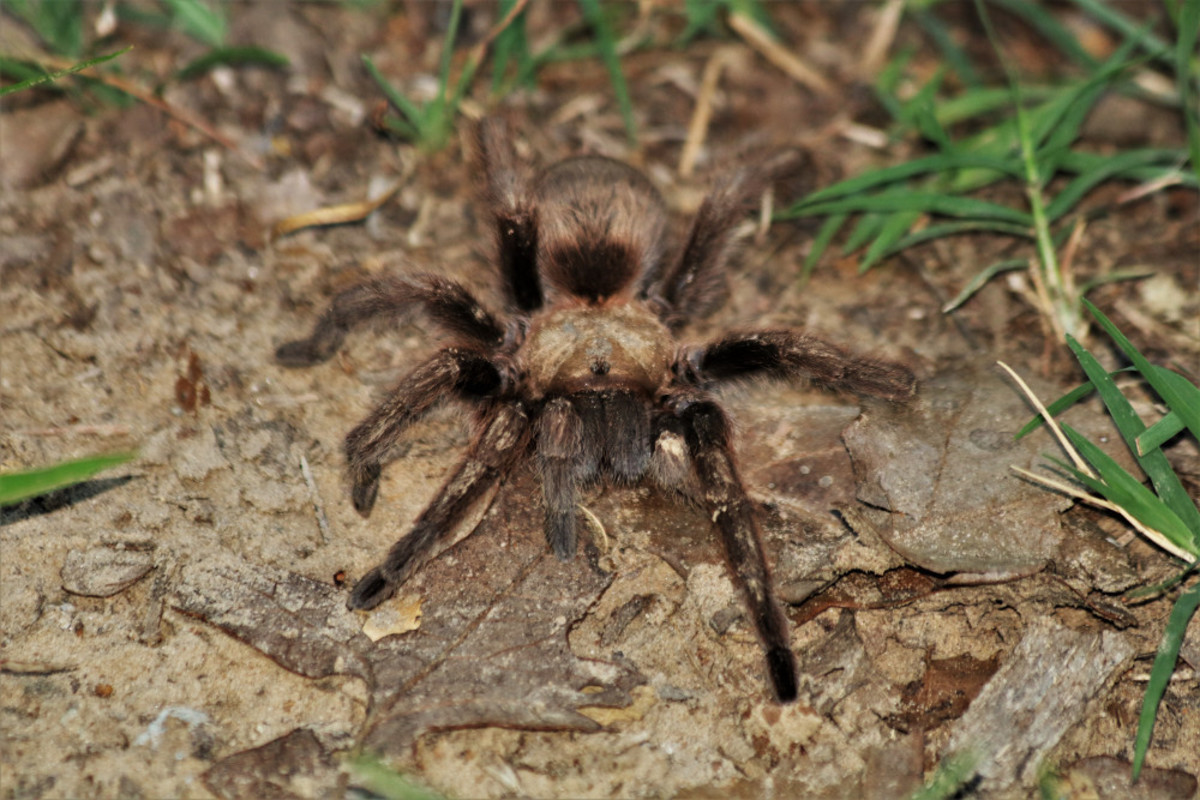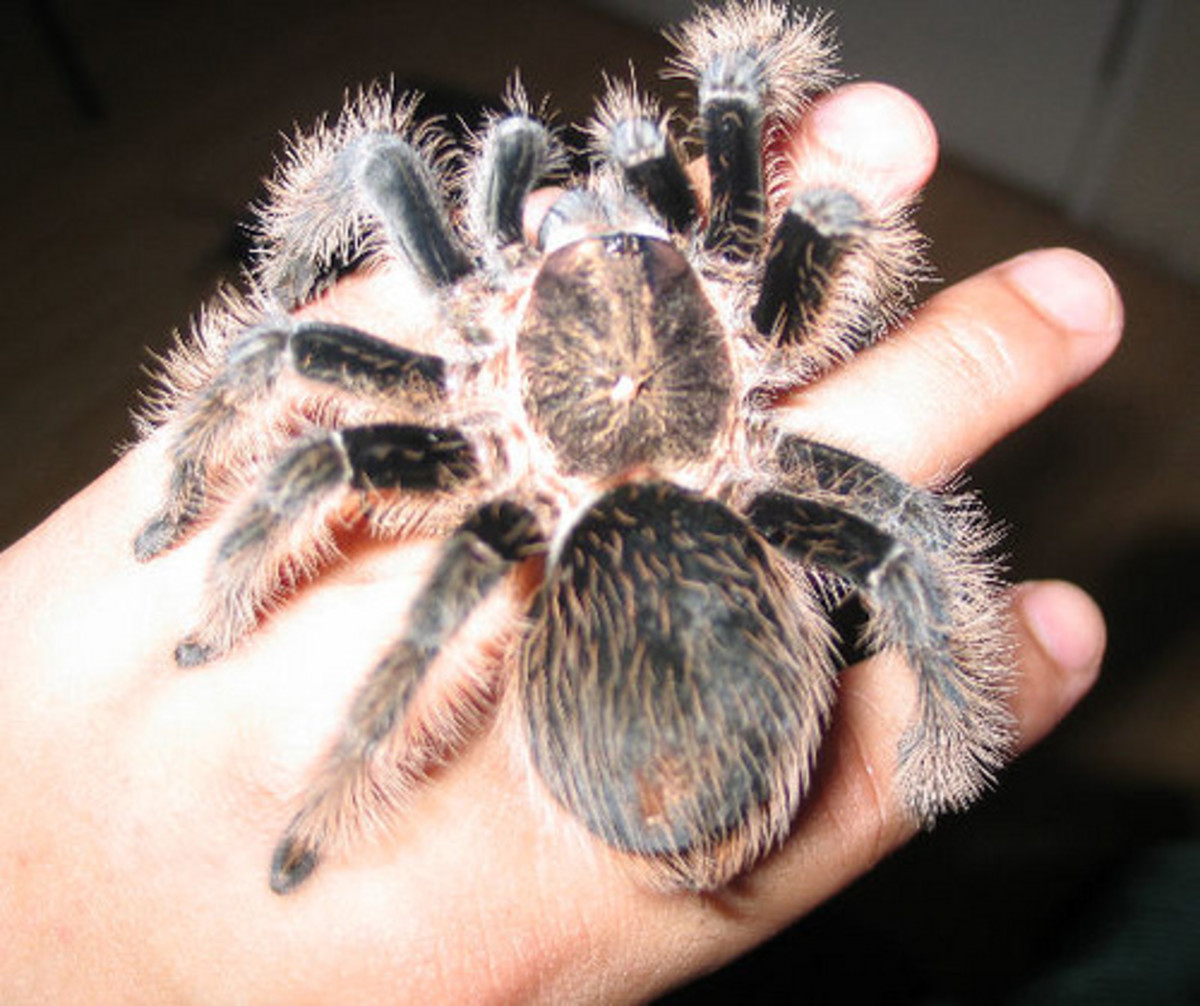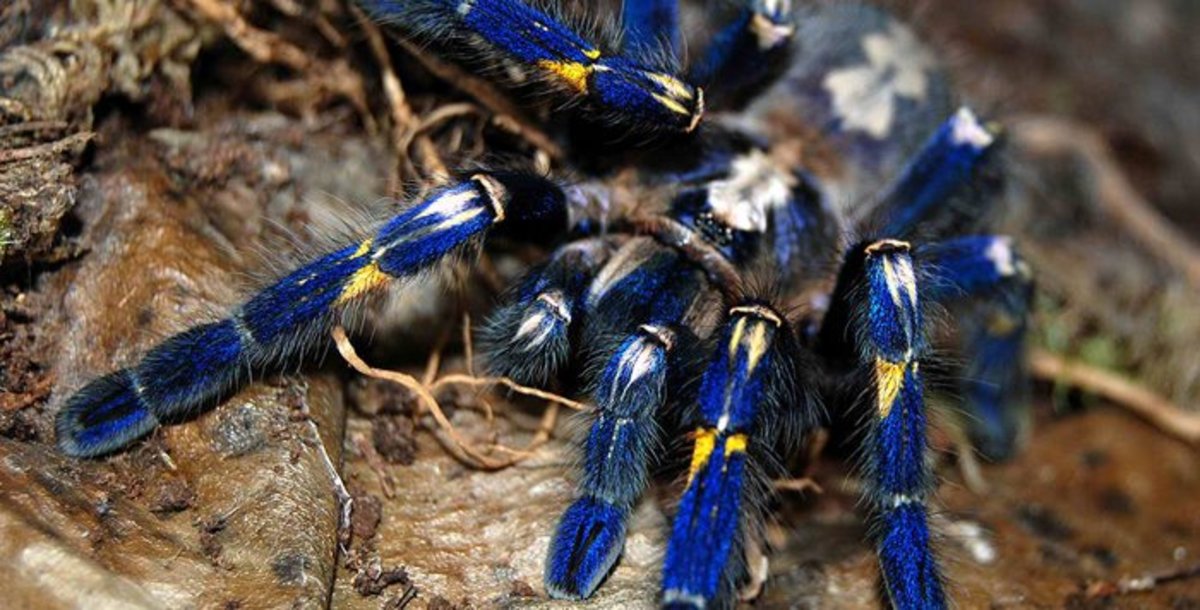- HubPages»
- Education and Science»
- Life Sciences»
- Endangered Species
The Intriguing Mexican Red-Knee Tarantula
A gentle and fascinating pet..easy to care for!
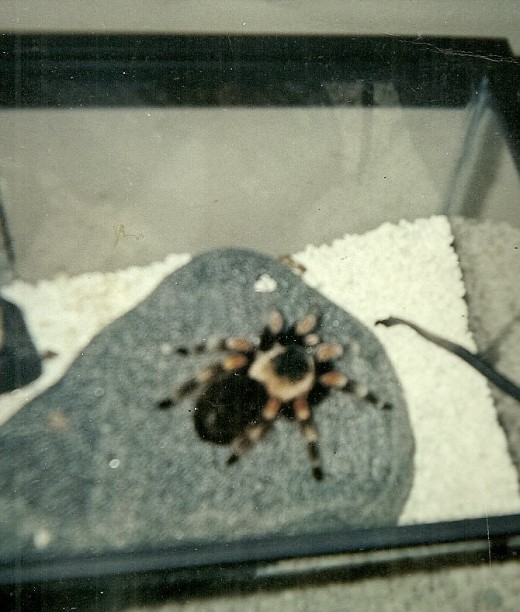
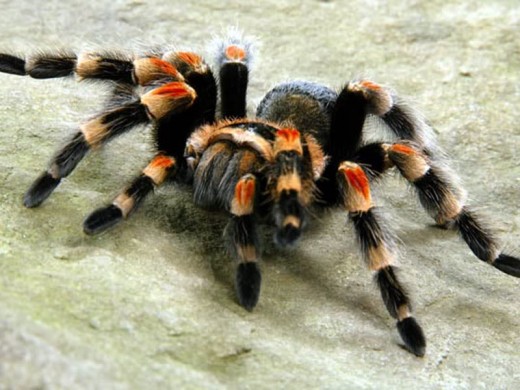

A harmless arachnid..a teaching tool in the classroom!
The Mexican Red Knee Tarantula is difficult to spot as it is illegal to bring them in from Mexico. Several exotic pet stores breed and carry them, along with a host of other crawly creatures. My Tarantula, Scarlett, lived to be eighteen years old in the calm, peaceful environment of her aquarium, as pictured. When fully outstretched, she could almost cover a person's hand.
I had never intended to have a Tarantula in my life. Scarlett was in need of a good home when my boyfriend's daughter could no longer care for her. She found her way to the mantle in my livingroom, and I kept her for nearly ten years.Every time she molted her flame colors and velvet chocolate browns seemed to brighten. Of the 900 species of Tarantulas, I feel the Mexican Red Knee is among the most dramatic-looking.
Tarantulas are usually docile and dislike being confronted or handled. When irritated they will shoot prickly hairs off their backside's as a defense. These hairs can cause eye irritation if they find their way to the eye itself. A Tarantula should always be left alone when acting in this manner. They do not readily bite, but their bite is said to be likened to a severe bee sting. Mexican Red-Knees are not toxic or dangerous in many way, but handling them is not a good idea. For one thing, if they fall from your hand their tender abdomen will usually burst open, resulting in injury and death.
Tarantulas need a regular supply of crickets, as this is their favorite food. More than four crickets at a time would cause Scarlett to retreat to her cave-like "den" in disgust. {Tarantulas do not require a lot of drama in their lives}. Watching her pounce and wrap a cricket was somewhat fascinating. Scarlett, like all Tarantulas would dance in a circle after obtaining prey.This looks charming and is characteristic of the species.
Like most of her species, our spider lived in a spacious glass aquarium filled with sand and a few rocks to rest on. She also had a small heating pad. These creatures can pick up parasites and pesticides, so the material in their "home" must be clean. Water must be available in a small container--a Pickle Jar Lid filled with cotton balls and water is ideal. These creatures are loners and do not need company in their environments.
Male Tarantulas do not make good pets as their life span is too short. Many females live to be twenty years old. All tarantulas hibernate during cold winter months in their "caves."Molting causes them to grow larger and larger, and many of Scarlett's molts found their way into classrooms. Children were fascinated by her "coat" and found it confusing that the spider could shed its outer covering and still survive. If you turn the molt over, you will see that the fangs of the Red Flame Knee also molt. This is typical of all Tarantulas. This stirred up excitement in the classroom, I can assure you!
My own special memory of this creature came during a fierce Christmas Storm that knocked the power out in my cabin in Forest Falls, California. In order to keep Scarlett from freezing to death, I picked her up and placed her on a warm towel, using my hand-held hair dryer to thaw her out. She was so stiff I feared she was dead, but after a few minutes the warm air revived her. (I can still see her, stiffly shaking her legs out!) I had never handled her before, but the need was dire and I did what I needed to do. Soon she was grooming and cleaning her fangs as fastidiously as ever.
If you want a pet that is quiet, interesting, educational and undemanding, perhaps a Tarantula is the answer. If they escape their aquariums they will often climb up drapes and other surfaces, so to protect your pet you must make sure its environment is secure. Persons who are allergic to bee stings and spider bites might want to consider another pet. These creatures are docile and have no desire to bite and devour humans--they save that behavior for crickets!

